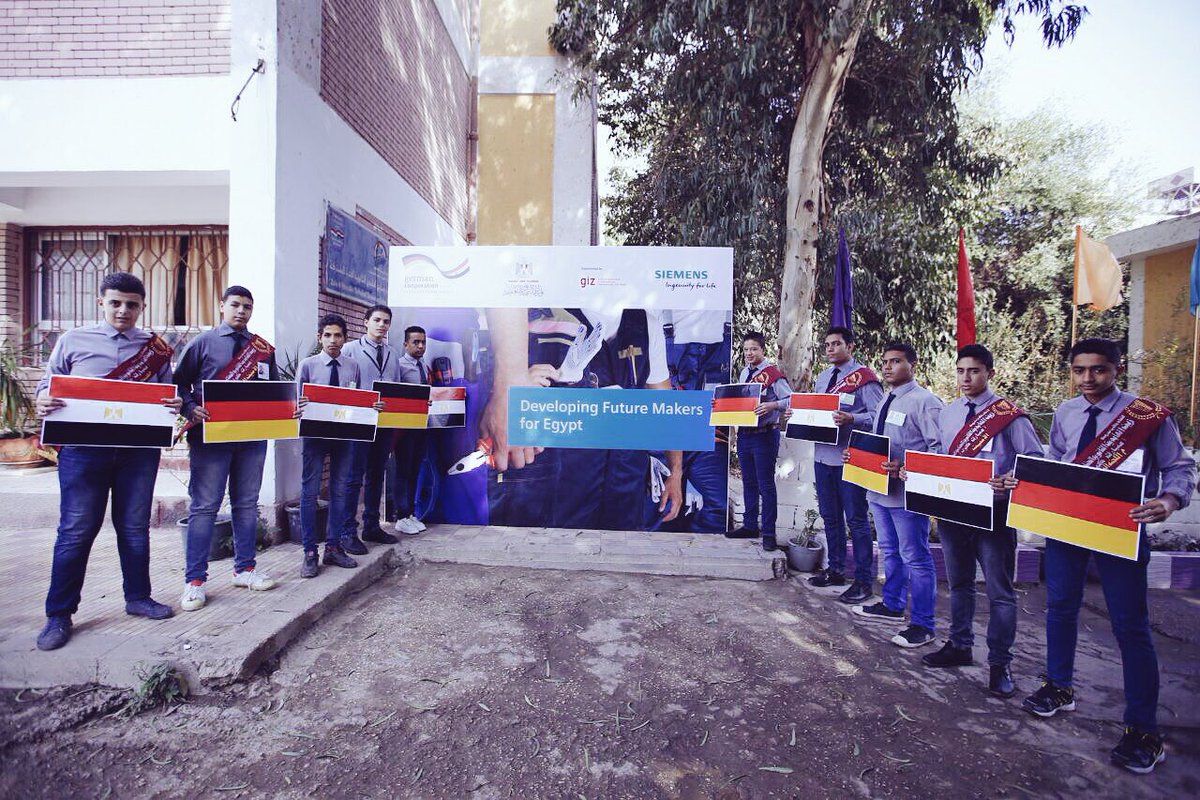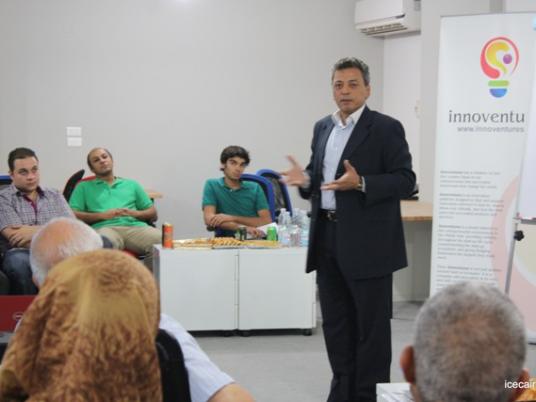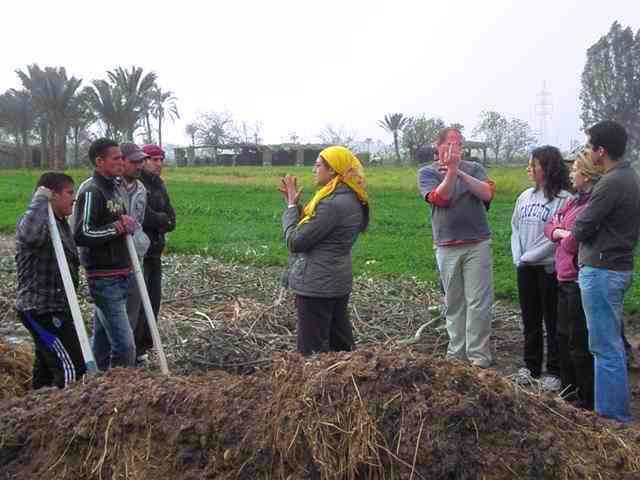
Fagnoon Art School hosted a workshop for teaching the latest methods of earthbag building, an inexpensive construction method, hoping to bring the innovative technique to their farms and villages.
“The main goal of this workshop is to teach people how to build low-cost houses with their own hands,” says Adam Molyneux-Berry, a co-founder of icecairo, one of several environmental organizations that supported the workshop.
The Egyptian Earth Construction Association (EECA) organized the event, and environmental organizations Nawaya and GIZ, along with icecairo, supported it. Participants came from as far away as Mahalla, Marsa Alam and Arish.
“Earth or sandbag building techniques are particularly appropriate for Egypt, as 95 percent of Egyptian land is desert and sand is available in abundance,” says Molyneux-Berry. “Building such houses is very economical, and can provide a large number of green jobs for the youth.”
During the two-day workshop, leading architect Zeiad Amer, a co-founder of the EECA, lectured about different ethical, theoretical and practical considerations related to earthbag structures in Egypt.
Amer said earthbag building started during World War I, and continued to be used for military purposes until Nader Khalili, a world-famous Iranian-American architect, established the California Institute of Earth Art and Architecture, or Cal-Earth, to spread the idea.
“It is still a new field in Egypt, although we managed to build a big wall in St. Catherine using this technique in 2009,” says Amer.
He explains that the construction techniques use any materials available on-site, such as sand, oil or gravel. After filling sturdy plastic sacks with those materials, the sacks are tied together with barbed wire. The technique can be used for multi-story buildings that are stronger and more reliable than ones built with concrete.
“With these earthbag buildings, you have no risk of iron eroding after a certain period of time, causing the building to collapse,” Amer says.
But one of the main problems is that plastic sacks start deteriorating after about two years. To avoid this, Amer says, lime can be added to the mix in the sacks.
But he advises people to “think green and act green” before making any construction decision, which means they should pay attention to how their behavior will affect environmental resources and the next generations.
“Unfortunately, only a handful of scientific researchers are concerned with new building techniques in Egypt,” he adds.
Environmental activist Hany al-Khodary was one of the workshop participants.
“I joined the workshop mainly because I dream of establishing a farm in the desert,” he says.
He says that he visited an eco-village in Fayoum and was impressed by the buildings constructed without cement. He then decided to learn all about these new simple construction techniques, hoping to implement them one day on his farm.
“In addition to being economical and green, one of the main advantages of using earthbag buildings is that they can be removed anytime without causing any damage to the agricultural lands, unlike what normally happens when you use the traditional construction materials,” Khodary says.
In his opinion, internal migration can solve a lot of the country’s problems.
“Instead of living in the overcrowded cities suffering from employment and poverty, youth must direct their attention to the wide desert,” he says. “Using earthbag building techniques and sustainable permaculture methods will help establish integral communities that will push the Egyptian wheel of production and development forward.”
This piece was originally published in Egypt Independent's weekly print edition.




